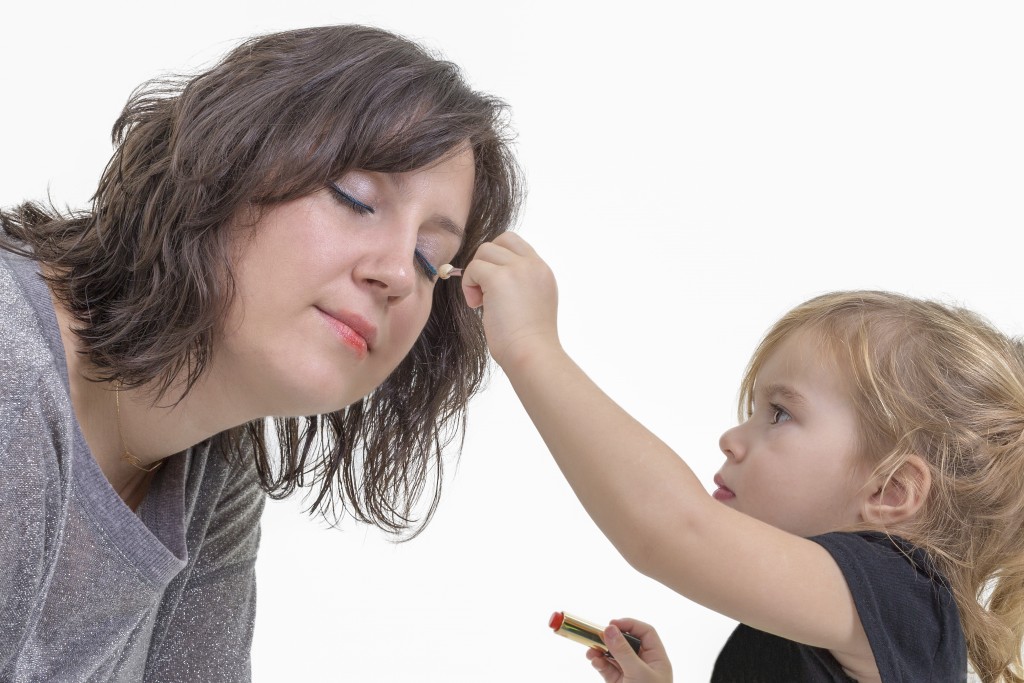It’s true – actions speak louder than words. If you want your kids to adopt good habits, you need to demonstrate them yourself. Floss regularly? Check. Change your socks and underwear daily? Check. Clean behind your ears? Check. Kids are constantly observing and absorbing lessons. Are you stressing and modeling healthy skin care habits? Skin issues probably won’t pop up until their tween years but establishing a routine now will help stave off problems later. The best time to start is between ages 5 and 8. Here’s some key practices to encourage with your child:
Daily facial cleansing
Fold this into a child’s morning or bedtime routine. This task can be easily accomplished in the bath. It’s important to use warm water and a mild cleanser and to steer away from products containing alcohol. Gentle, non-abrasive cleansers rule in this situation.
Hydrating products
Children’s skin can get just as dry as any adult’s, especially during the winter months. Use a hydrating body wash in the bath or shower to alleviate any itching or flaking. Application of a light moisturizer immediately after washing will help too. Look for products that contain shea butter, which is known for its natural moisturizing and anti-inflammatory properties.
Sunscreen usage
Stressing the importance of sunscreen usage and demonstrating effective application is essential for a lifetime of healthy skin. Did you know the Skin Cancer Foundation reports that melanoma cases have increased by 2.9 percent in people under the age of 20? It’s never been more important to teach your children to apply sunscreen, not just at the beach or pool, but during all outdoor activities year round. They need to slather some on for that Saturday morning soccer game or on an excursion to Disneyland. Check the label to make sure the product is SPF 30 or higher and that it provides broad-spectrum protection. And yes, sunscreen needs to be applied even on cloudy days because harmful rays never take a holiday.
Early signs of acne
According to the American Academy of Dermatology, more than 40 percent of adolescents will experience acne and nearly 85 percent of all people will suffer from some degree of the skin condition at varying points in their lives. Alerting children to the possibility of acne occurring as they approach their teenage years can go a long way way to lessening its impact physically and emotionally. Offer them tips on how to spot it in the beginning stages. Mild or moderate acne can be treated with over-the-counter treatments that contain benzoyl peroxide or salicylic acid. Stepping up the cleansing habits you instilled in them at an earlier age can help your kids maintain healthy skin throughout their teenage years and beyond.

